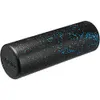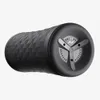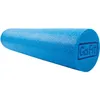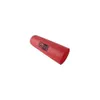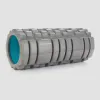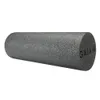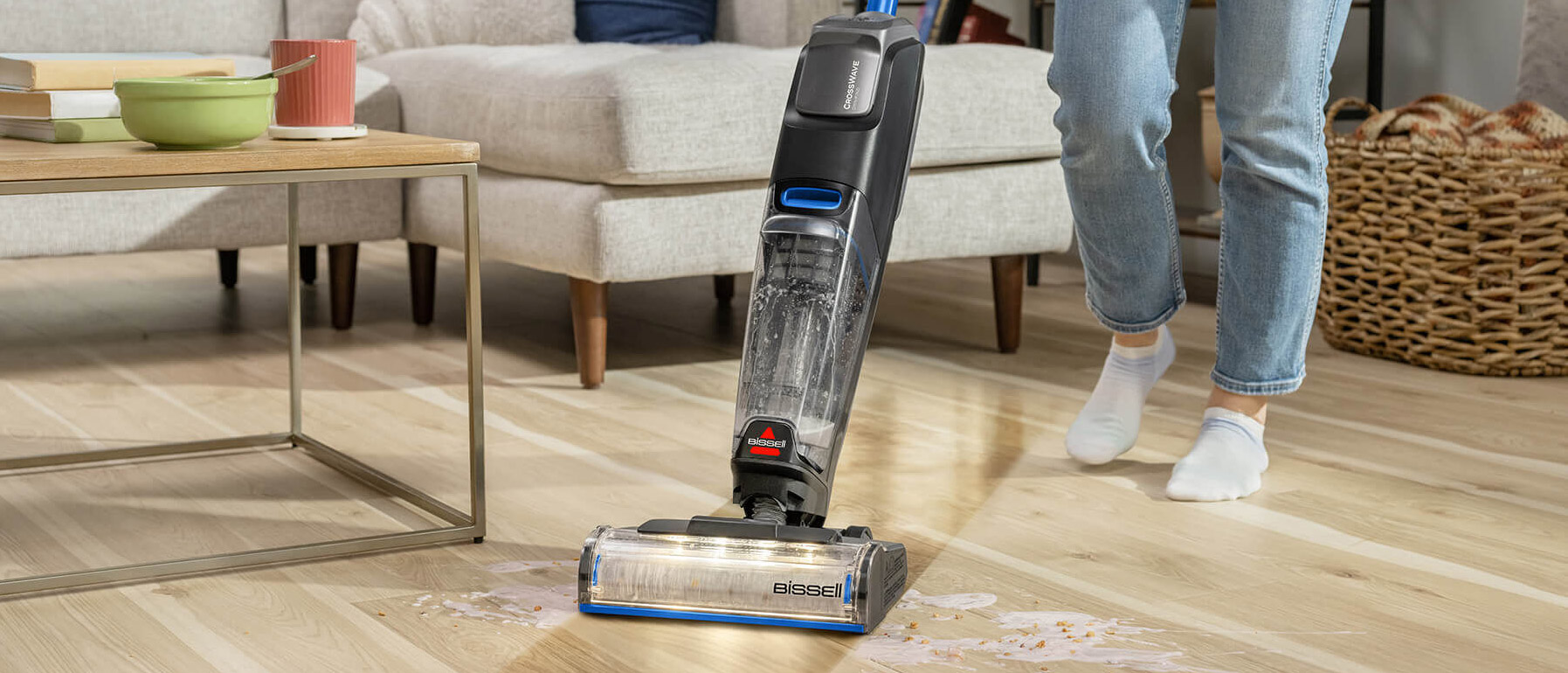
Need to reduce some tension in your upper body and relieve back stiffness? This 10-minute foam rolling routine should do the trick, and all you need is one piece of equipment.
Obviously, you're going to want one of the best foam rollers to get the most from this routine. If you’re already familiar with foam rolling, you might prefer a firmer model, but we recommend going for one with more give if you’re not. The firmer the foam roller, the more intense the sensations can be, so be mindful when picking a roller for the first time.
The relaxing routine by Julia Reppel can also be done with a massage ball if you prefer. Here’s how to do it, plus the benefits.
Watch the 10-minute foam rolling routine by Julia Reppel
Reppel uses this routine on the upper back, lats, chest, delts, external rotators, biceps and forearm muscles, making it a thorough soft tissue release after workouts or on rest days. Reppel advises against using it as a warm-up.
The video is follow-along without talking. However, Reppel includes form cues on the video and an on-screen timer so it’s easy enough to keep up with. You’ll perform each exercise for 50 seconds and take 12 seconds of rest between.
Always avoid rolling over your lower back and stick to the mid and upper back areas and the lats when working with your spine. Doing so will still offer a lower back release without placing undue pressure on the lumbar spine.
You’ll start with the mid-upper back, then move to the lats, external rotators and rear delts. Focusing on these areas targets muscles responsible for posture, and foam rolling is the perfect self-myofascial release technique for soothing these often neglected and tight areas that naturally hold tension.
Sign up to get the BEST of Tom's Guide direct to your inbox.
Get instant access to breaking news, the hottest reviews, great deals and helpful tips.
The routine then moves to the front body, targeting the chest, anterior deltoids, and biceps, and then finishes on the forearm flexors and extensors, offering up a full upper body massage. A massage ball is ideal for these smaller, more delicate muscles, but you can still use a foam roller if you prefer.
Regular foam rolling over trigger points stimulates receptors that signal tissues to relax, which helps boost flexibility and range of motion, especially in areas like the shoulders and lats. Tight, under or overworked upper body muscles can create maladaptive movement patterns over time, so spending time rolling them out can increase overall range and help you move more easily during workouts.
For example, shelving a heavy barbell overhead is a lot harder when you have tight shoulders and limited upper body mobility!
Verdict
Foam rolling shouldn’t be a one-off if you’re looking for the best results. As little as 5 to 15 minutes is enough, but try to incorporate it into cooldowns and rest days where you can to compliment your training routine.
Fascia (connective tissue) wraps and supports muscles, tissues and bones. Fascia needs to stay “flexible” or “supple” to allow you to move freely without pain, so foam rolling can help relax any areas of tightness and help that fascia to stretch with you.
It’s not always fun or relaxing — foam rolling can feel tricky on particularly sore areas like the quads, shoulders, hips and hamstrings. The best foam roller exercises aren’t a quick fix but, over time, could aid blood flow and oxygen to muscles.
It’s worth a reminder that you should stop immediately if you experience prolonged or sharp pain. Areas of diagnosed injury are a no-go and you should always check in with a qualified professional beforehand if you’re unsure. Sure, foam rolling can be uncomfortable, but it shouldn’t be a painful experience, so differentiating between the two is crucial.
Focus on your breathing throughout and avoid holding your breath during moments of high tension — it’s about getting comfortable with the uncomfortable. Think deep-tissue massage vibes. As we mentioned above, a softer, low-density roller is a great way to break into foam rolling, and then you could graduate to a firmer roller over time as you get more comfortable.
Make sure you check out our guide to foam roller workouts for further inspiration.
More from Tom's Guide
- This 6-minute foam roller exercise routine builds stronger muscles and releases tension in your lower body
- No, not planks — try this deadbug variation instead and watch your core strength transform
- Forget frog pose — these 3 mobility exercises unlock tight hips and release tension in your glutes and lower back

Sam Hopes is a level 3 qualified trainer, level 2 reiki practitioner and senior fitness writer at Tom's Guide. She is also currently undertaking her Yoga For Athletes training course. Sam has written for various fitness brands and websites over the years and has experience across brands at Future such as Live Science, Fit&Well, Coach, and T3.
Having worked with fitness studios like F45 and Virgin Active, Sam now primarily teaches outdoor bootcamps, bodyweight, calisthenics and kettlebells. She also coaches mobility and stretching-focused classes several times a week and believes that true strength comes from a holistic approach to training your body.
Sam has completed two mixed doubles Hyrox competitions in London and the Netherlands and finished her first doubles attempt in 1:11.

